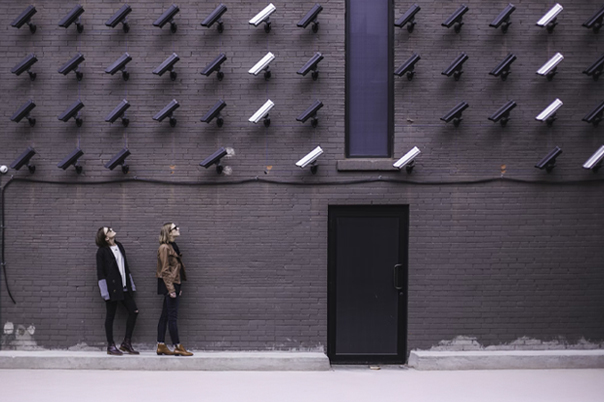Always be prepared
The worst thing you can do is not be ready for when the storm does hit. When building out your comms strategy, always include:
Crisis Crew: As well as your day-to-day account teams, you should have a crisis team in place from marketing, PR, and social who will be the first point of contact in a crisis. Part of the job of the crisis crew is to have a robust crisis plan in place for when things kick off. This includes everyone understanding the channels of escalation, scenario planning for what could go wrong, and drafting pre-approved statements. This should form part of your brand reputation strategy.
Listen louder: Social listening allows us to be one step ahead of anything escalating into viral territory. Make sure you have invested in real-time social listening to track mentions, sentiment, and keywords in real time. At Hydrogen, our preferred tool is Brandwatch.
Positive Presence: Always strive to make your brand their best, most authentic self on social. Having a positive presence and building trust with your audience can act as a buffer when any negative sentiment arises. KFC is a brilliant case study for how this pays off when they ran out of chicken across many of their UK restaurants and swiftly launched their FCK campaign. Having already built a strong social media presence and rapport with their customers, this landed in all the right ways.
When the storm hits
Action stations ready.
CTR ALT – DON’T DELETE: You must resist the urge to get rid of the negative comments or posts. This is only going to rile up users more and can escalate the matter even further.
Be a Grown Up: The best thing you can do is own it. Customers respect authenticity so if you made a mistake, be up front and apologise – genuinely. Back in 2017, American Airlines came under fire after handling what could have been a small passenger complaint turned into a major drama after their defensive reaction went viral.
Road map to recovery: To build on your genuine apology, it is crucial that you show your customers how you are going to move forward and any solutions you are going to put in place. When O2 experienced a massive network outage that left millions of customers without mobile data for the entire day, the business's CEO personally issued an apology and took ownership of the situation. He committed to a full review to understand exactly what happened and to implement measures to prevent future occurrences.
The aftermath
After the storm dies down, it is time to reflect on what happened…
Wash-up: Gather your crisis crew for a workshop on what went wrong, what went right in our response, and how we can improve. Then use these learnings to update your crisis.
Rebuilding trust: This takes time and consistent effort. Continue to communicate transparently and demonstrate that you've learned from the experience.
--
While going viral for the right reasons is the dream, being prepared for a digital storm is By proactively building a robust crisis management and brand reputation strategy, assembling a dedicated crisis crew, using real-time social listening tools, and cultivating a positive brand presence, you can significantly mitigate the damage when negative sentiment strikes.
When the storm hits, remember to stay calm, resist the urge to delete negative comments, and most importantly, own your mistakes with authenticity. A genuine apology and a clear roadmap to recovery can transform a potential disaster into an opportunity to strengthen customer trust, as demonstrated by brands like KFC and O2.
The aftermath is just as crucial; conducting thorough wash-ups and consistently working to rebuild trust will not only help you recover but also emerge stronger and more resilient. Ultimately, effective crisis management on social media isn't just about damage control; it's about safeguarding your brand's reputation and ensuring its long-term success in the unpredictable digital landscape, and helps you to handle viral backlash.





